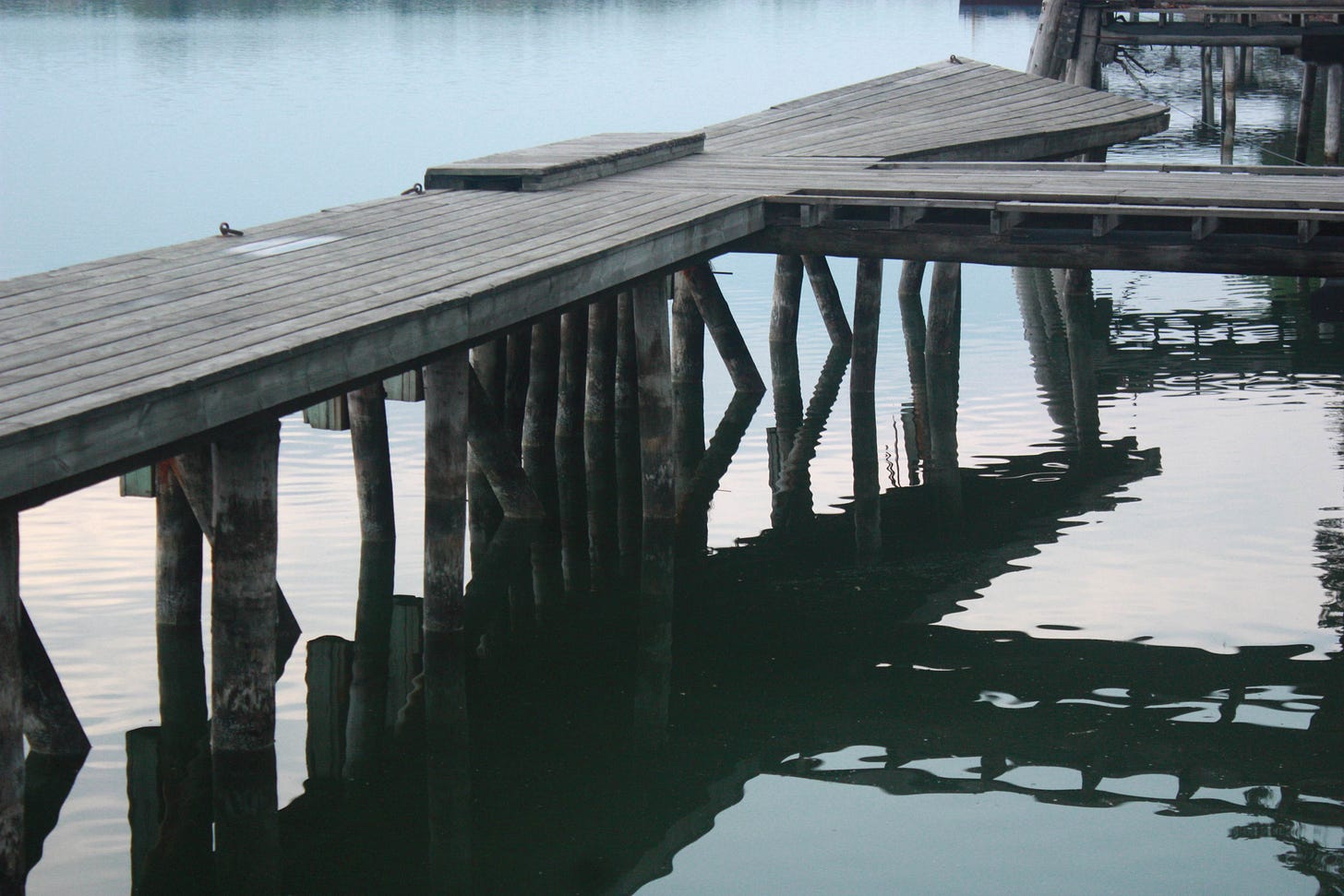Baltic bathing
Some delights of the Åland Islands (4 minute preview, 7 minute read with lots of photos)
I love the long days of summer. I begin anticipating them the moment we pass the winter solstice, even though the worst of the weather is usually still to come. By mid-July, there is a subtle but appreciable increase in the day’s length, and I feel my mood lifting. Just before daylight saving begins in late September, the sky is starting to lighten when I get out of bed – sometime between 5 and 5.30am – and I really feel as if those lovely long days are on their way. Of course, daylight saving sets that back and makes getting out of bed a real struggle. But for me the extra daylight in the evening makes it worthwhile.
For the next few months, I delight in the drawn-out days. Until late March, I pretend I haven’t noticed the nights closing in. But when daylight saving ends in early April, it feels as if everything shuts down. I feel the world contracting around me. When I used to work in an office, I knew I’d be arriving home in the dark every day, and I hated it.
So, when I arrived in Finland in late May of 2013, the first thing I noticed was the daylight. I always make myself keep to the local time when travelling, so the earliest I’ll allow myself to go to bed is 8.30pm, no matter how tired I am. I remember it being bright daylight when I closed my eyes. I awoke to find the sky already lightening, and was surprised to find it wasn’t yet 4am.
In late spring, the climate of the Åland Islands is considerably more pleasant than late spring in Wellington. Typically, Wellington gets a whole lot of wind at this time of year. Sometimes it gusts from the north-west, sometimes from the south, in which case it’s freezing and I’m forced to wear my winter jacket1. In the Åland Islands, I went swimming. And not in a pool – in the Baltic Sea.
I certainly hadn’t planned to swim. I had my hiking boots, because I intended to do plenty of walking, but no swimsuit. However, the local member of my expert working group said that we had to try the Finnish tradition of going back and forth between the sauna and the sea. The men had their sauna and their patch of sea, and the women (there were only two of us) had another sauna and a different area to swim.
When I was younger, the idea would have horrified me. I can remember, in my mid-twenties, going to a Turkish bath in Istanbul with a group of women, and feeling incredibly self-conscious. But by the time I was in Finland I had made peace with my body and, though I wasn’t likely to become a naturist, I was happy to strip off if it was the socially appropriate thing to do.
So, in the Åland Islands, I jumped naked into the Baltic Sea. I remember how warm it was too. It wasn’t tropical, by any means, but it was considerably warmer than some of the South Island rivers I’ve swum in.
The comfortable temperatures in the Åland Islands made it easy to forget how far north I really was. Wellington is around 41o south. If you go as far south as you can in New Zealand, to Rakiura-Stewart Island, you can get to 47o south. But if we flip that up to the Northern Hemisphere, Wellington is close to balmy Barcelona or Naples. In contrast, London is almost 52o north and John o’Groats in Scotland is 58o north. The Åland Islands, at close to the southernmost point of Finland, are further north again, at just over 60o. I wasn’t far north enough to enjoy 24 hour daylight, but at that time of year it was properly dark for just under four hours.
I made the most of all that lovely daylight. I rose early and took long walks before my meetings, and then again after dinner. I quickly realised that I was there at the perfect time for a botanist. Every field was full of flowers.
New Zealand doesn’t do wildflowers in the same way as other places. We are a country of rainforest, and the closest we have to native meadows are saltmarshes, bogs and alpine areas. The flowers in these areas are mostly white or inconspicuous. A few are yellow, or have a faint blush of pink, but as a rule they are not colourful. Don’t get me wrong, I love our native plants and their habitats, but their beauty is not in brightly-coloured flowers. If a grassy field is left ungrazed and unmown (as seems to happen to the parks near me in spring), then we do get wildflowers and the fields are pretty, but they aren’t like European meadows. They are dominated by the toughest weediest species, and the vast majority seem to be yellow daisies of various kinds.
The meadows of Åland were something else entirely. There were so many flowers, and they were so colourful. It’s true, there were some fields which were dominated by yellow daisies. Going through my photos, I discovered that I’d photographed a number of yellow daisies considered common weeds in New Zealand, simply because I was excited to see them where they were native. I was particularly fascinated to see mouse-eared hawkweed in its native habitat, when it’s such a curse in the New Zealand high country.





